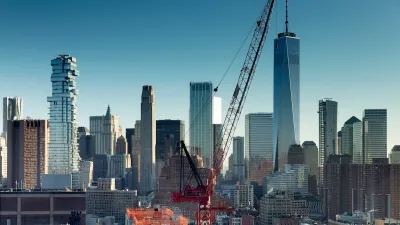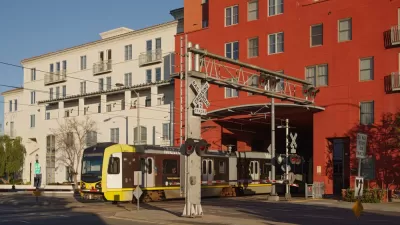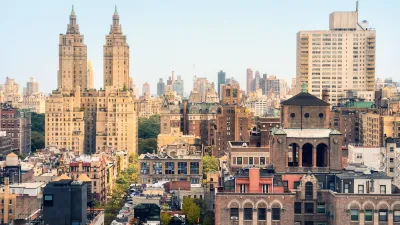The changes, part of the mayor’s Downtown Activation Plan, make way for more residential development in the city’s downtown core.

The Seattle City Council approved several rezoning changes proposed by Mayor Bruce Harrell in the Downtown Activation Plan (DAP).
According to Doug Trumm, writing in The Urbanist, the changes include a residential 440-foot highrise rezone in the Downtown Retail Core, a change that encourages residential high-rises and could incentivize a new downtown school, and a rezoning of Belltown that will allow hotel uses. That rezone area “covers about eight blocks and has nine vacant properties currently used as surface parking lots.”
The mayor’s other proposals include “extending the life of land use and building entitlements and permits, waiving or modifying development standards to encourage tower office-to-residential conversions, incentivizing childcare with extra building heights, allowing a variety of less active uses at street level (e.g., office, lab space, residential building amenities), and facilitating retail and entertainment uses at all levels of a building in downtown zones.”
The changes come ahead of the Seattle Comprehensive Plan Major Update, which the city must complete in 2024 and purports to make way for 120,000 new housing units over the next two decades.
FULL STORY: Seattle Council Approves Batch of Harrell’s Downtown Activation Plan Rezones

Trump Administration Could Effectively End Housing Voucher Program
Federal officials are eyeing major cuts to the Section 8 program that helps millions of low-income households pay rent.

Planetizen Federal Action Tracker
A weekly monitor of how Trump’s orders and actions are impacting planners and planning in America.

The 120 Year Old Tiny Home Villages That Sheltered San Francisco’s Earthquake Refugees
More than a century ago, San Francisco mobilized to house thousands of residents displaced by the 1906 earthquake. Could their strategy offer a model for the present?

HSR Reaches Key Settlement in Northern California City
The state’s high-speed rail authority reached an agreement with Millbrae, a key city on the train’s proposed route to San Francisco.

Washington State Legislature Passes Parking Reform Bill
A bill that would limit parking requirements for new developments is headed to the governor’s desk.

Missouri Law Would Ban Protections for Housing Voucher Users
A state law seeks to overturn source-of-income discrimination bans passed by several Missouri cities.
Urban Design for Planners 1: Software Tools
This six-course series explores essential urban design concepts using open source software and equips planners with the tools they need to participate fully in the urban design process.
Planning for Universal Design
Learn the tools for implementing Universal Design in planning regulations.
Ada County Highway District
Clanton & Associates, Inc.
Jessamine County Fiscal Court
Institute for Housing and Urban Development Studies (IHS)
City of Grandview
Harvard GSD Executive Education
Toledo-Lucas County Plan Commissions
Salt Lake City
NYU Wagner Graduate School of Public Service





























